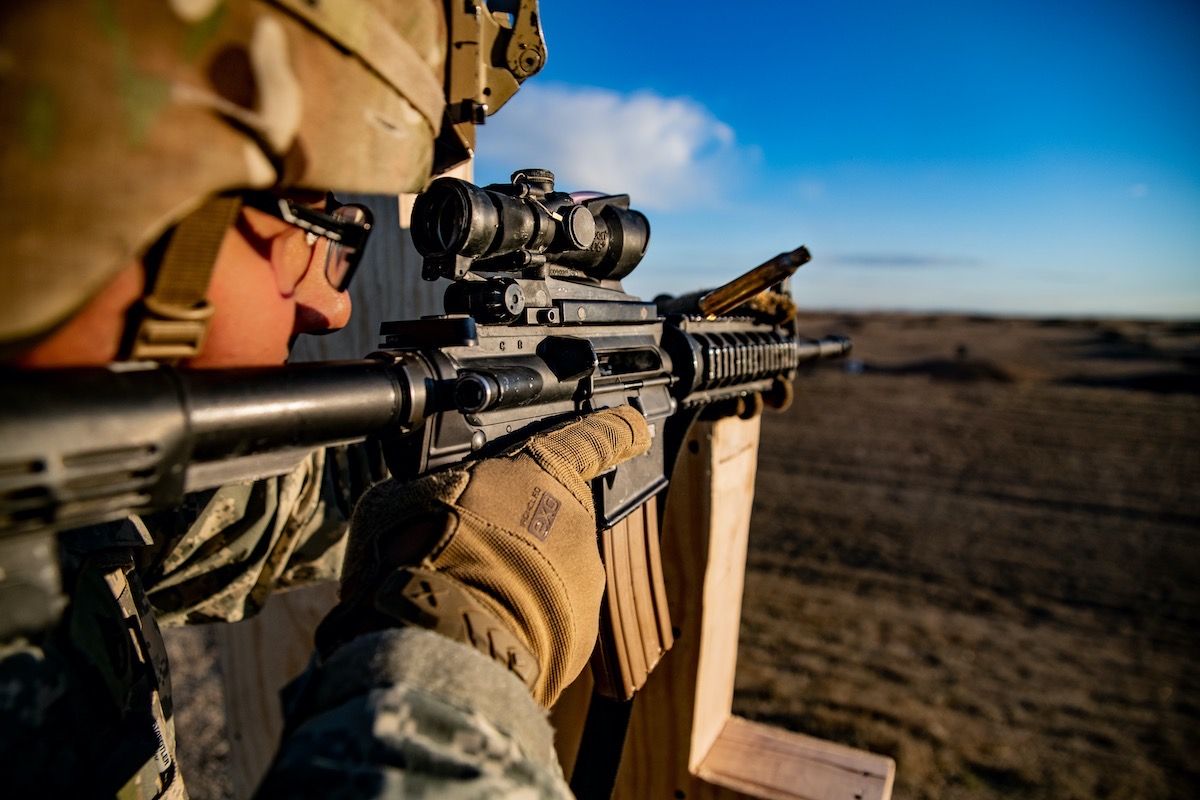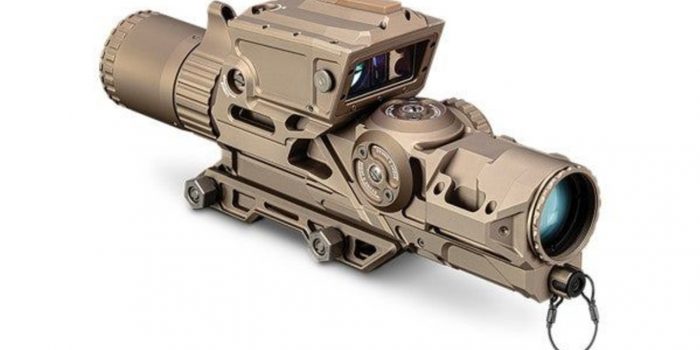The U.S. Army has awarded a contract, potentially worth $2.7 billion, to Wisconsin-based Vortex Optics that will allow soldiers to shoot effectively at even farther ranges by predicting the path of a bullet before the trigger is pulled. The Next-Generation Squad Weapons—Fire Control (NGSW-FC), as the scopes are called, will go on the new Next-Generation Squad Weapons—Rifle (NGSW-R) and Next-Generation Squad Weapons—Automatic Rifle (NGSW-AR), due to be selected this year.
For hundreds of years, U.S. Army infantrymen have relied on “iron sights” to aim at targets downrange. The sights allow soldiers to shoot accurately at short ranges. At longer ranges, modern iron sights are manually adjustable to compensate for bullet drop (due to gravity) and wind.

The system required soldiers to determine the distance to target and wind speed themselves. The new add-on optics like the M68 Close Combat Optic and the ACOG Rifle Combat Optic will allow users to compensate for bullet drop but can’t actually do it themselves. Knowing the distance to target and wind speed is critical, as the M855 5.56-millimeter round for the Army’s M4 carbine will impact nearly 13 inches lower and eight inches in the direction of wind travel at 300 yards than it will at 100 yards. Under those conditions, a shot aimed at a head-sized object will likely be a miss.
In the 1970s, armies began fitting tanks with ballistic computers and ranging lasers. The ranging lasers could instantly tell the distance to the target. Tanks were also had wind sensors to detect the speed and heading of the wind. The ballistic computer took the data and the known performance of tank gun ammo and instantly determined where a round would hit. This gave a very high first-round hit probability of 90 percent or better at 1.2 miles.

Ballistic computers used to weigh hundreds of pounds. Now, a modern ballistic computer can now fit on top of a soldier’s rifle, and that’s essentially what Vortex Optics did. Vortex apparently took the company’s military-grade Razor rifle scope, a low power variable optic, and paired it with a ballistic computer and laser rangefinder.
NGSW-FC attaches to the M1913 Picatinny rail that runs with the upper receiver of most NATO and U.S. Army rifles. It gives1x to 8x magnification and what Vortex calls an “active reticle fire control system,” giving the user an adjusted point of aim that takes bullet drop and wind into consideration. The company says it, “increases first-round hit probability.”


